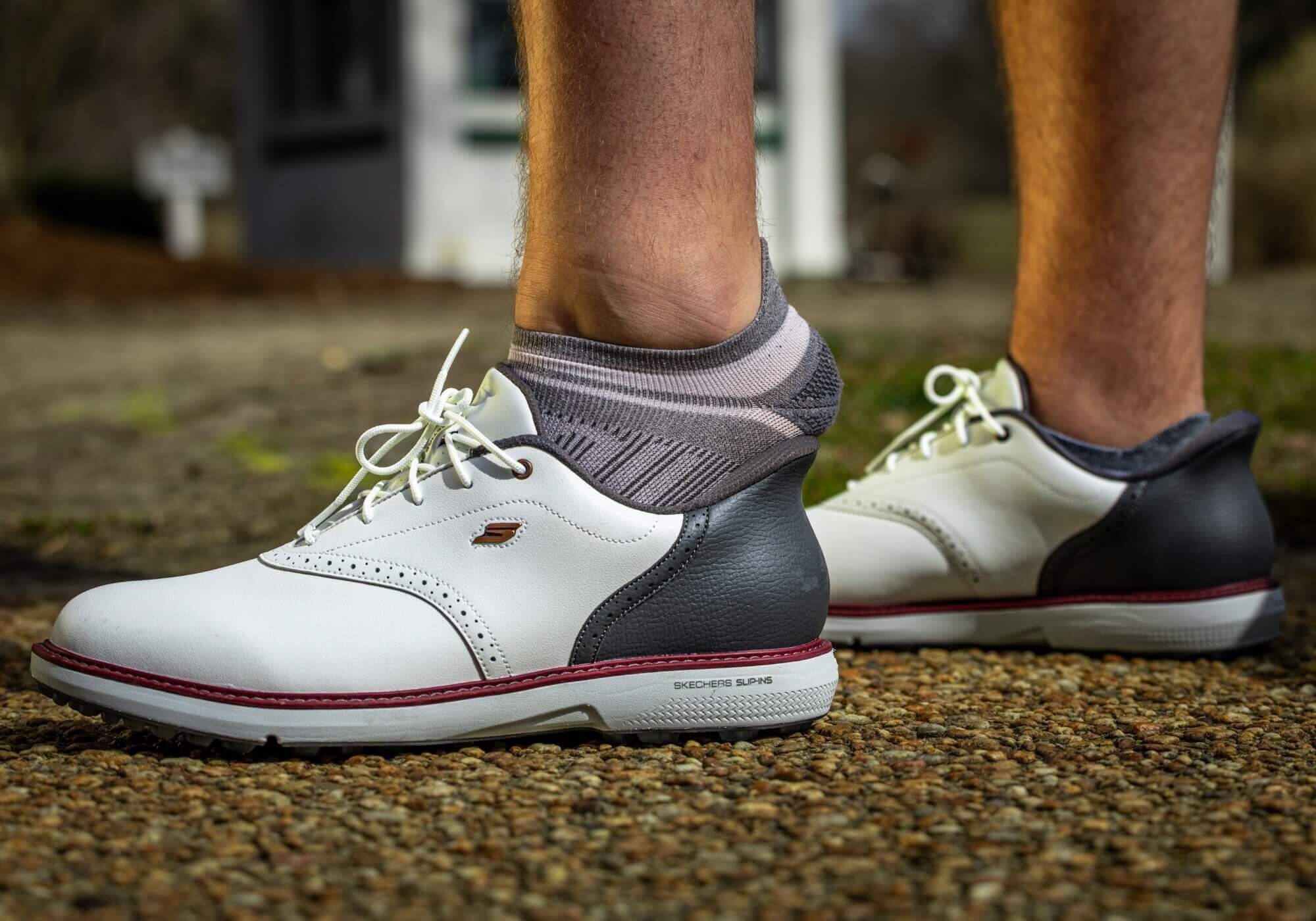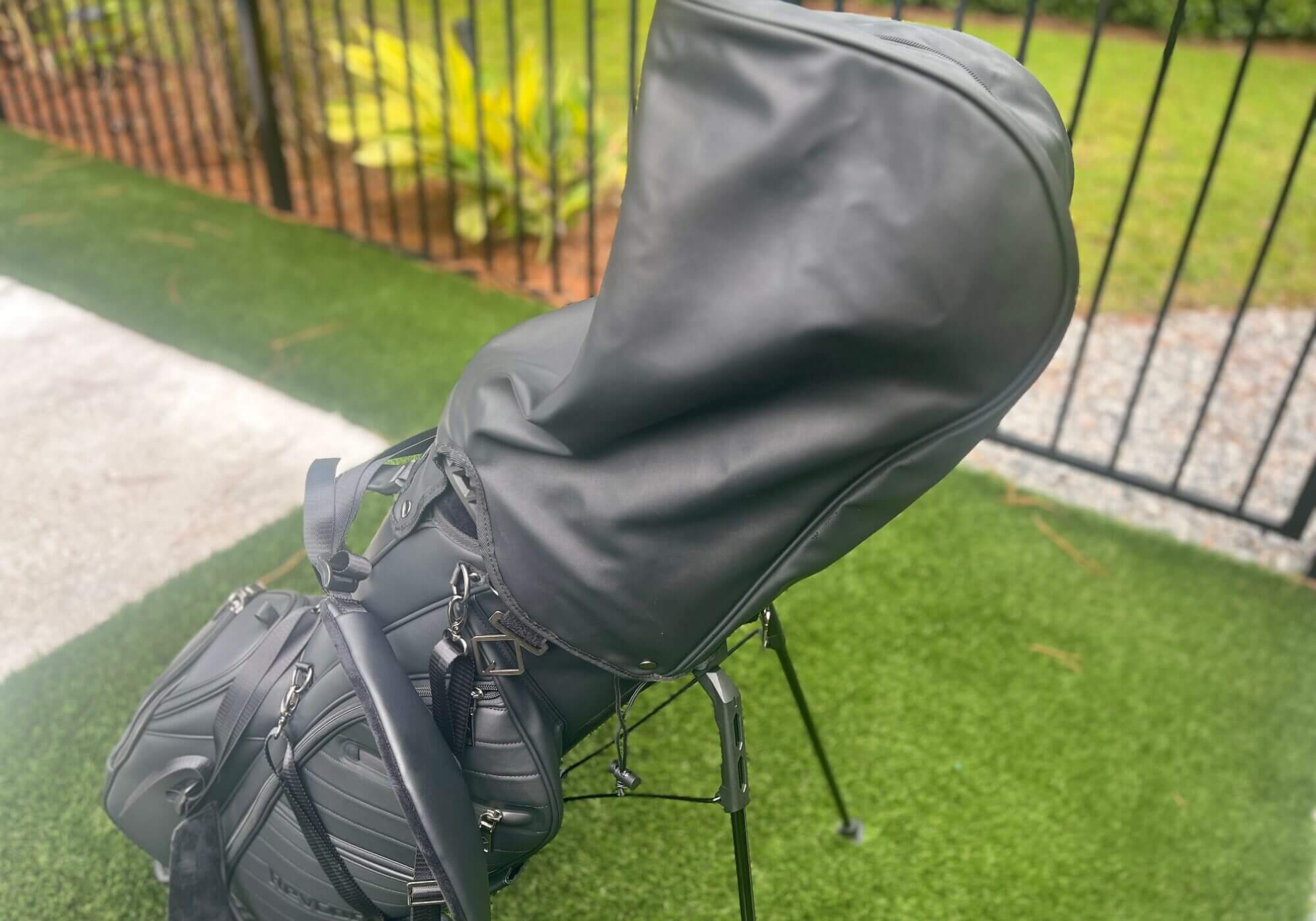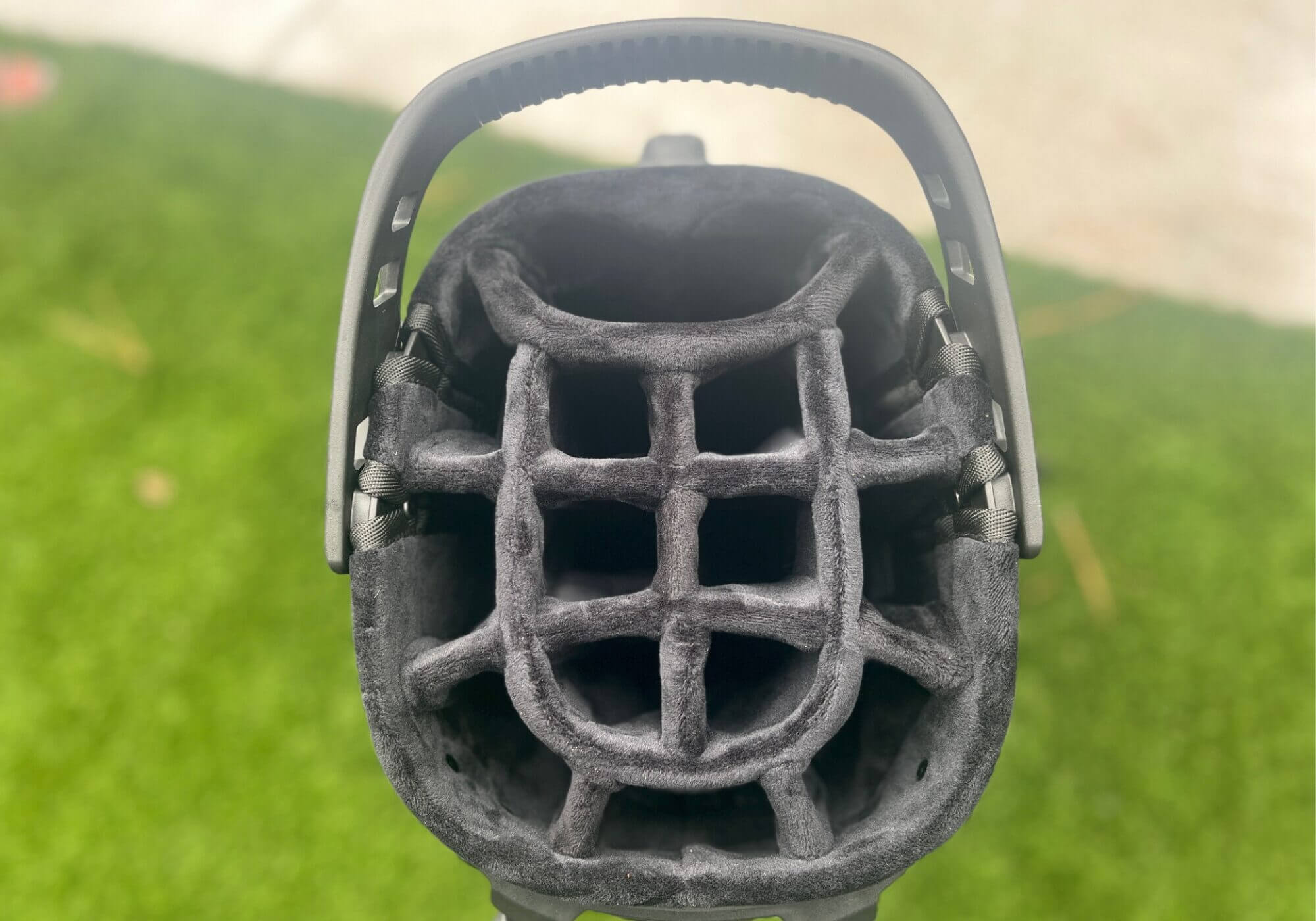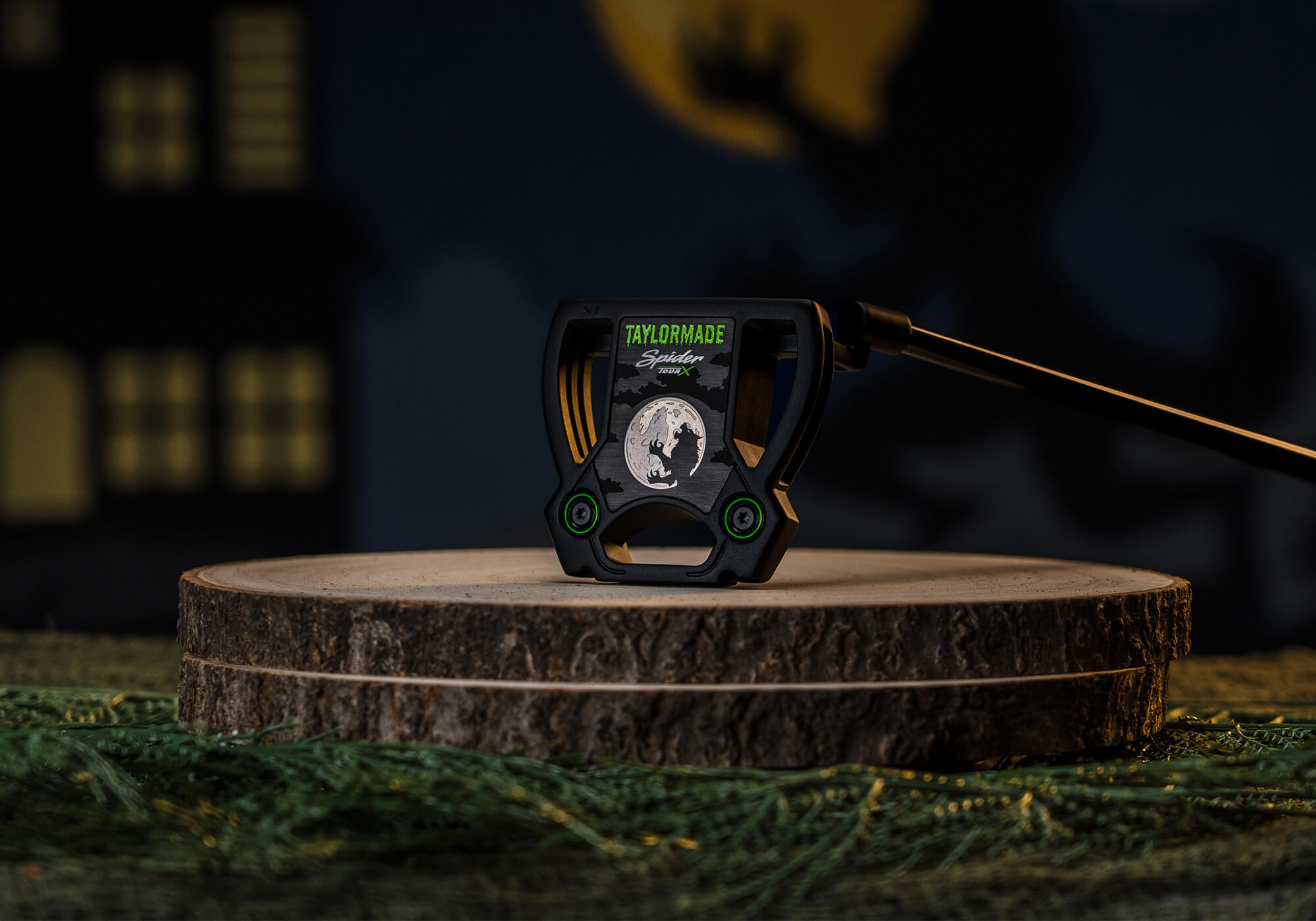Full 2025 Sanderson Farms Championship tee times for Friday's second round in MIssissippi, featuring Max Homa, Eric Cole and more.
The post 2025 Sanderson Farms Championship Friday tee times: Round 2 groupings appeared first on Golf.
Full 2025 Sanderson Farms Championship tee times for Friday's second round in MIssissippi, featuring Max Homa, Eric Cole and more.
The post 2025 Sanderson Farms Championship Friday tee times: Round 2 groupings appeared first on Golf.
The job of a golf bag is pretty simple. It has to hold your clubs and maybe a handful of other essentials in one place in a somewhat organized manner as you traipse around the golf course.
Not a high bar, we know.
Once we understand that premise, my friends, we can then get down to the arduous task of evaluating any given bag’s overall value.
If a bag meets that bare minimum standard, that’s sort of like getting a D-minus. You’ve met the basic utilitarian requirements of golf bag-hood, but that’s about it. If that’s your threshold, then you’re excused from reading the rest of this article.
If, however, you yearn for something more, decisions must be made. Factors such as build quality, materials, pocket layout, balanced weighting and other features will move any given bag up the Price-Value matrix. Whether you buy it or not depends on how much you value those features.








Some products in golf testing make headlines the moment results go live. A new driver wins the distance battle and suddenly it’s everywhere. Shoes can be the same way. But every so often, a model tests far better than expected and still manages to fly under the radar.
That’s what happened with the three shoes below. They all earned strong marks in MyGolfSpy testing yet never seemed to capture the spotlight.
The Prestige SL finished third overall in the 2025 spikeless test with an impressive 9.7 score. Testers called it one of the most comfortable shoes Skechers has ever made, highlighting its slip-in design as a bonus for walkers. For golfers who value all-day comfort without giving up too much performance, this shoe fits the bill.
Players chasing maximum traction might look elsewhere. Despite that, those who spend long hours on the course or play multiple rounds a week will find the Prestige SL an overachiever.
Why it didn’t get the attention
Skechers has long carried the “comfort first” label which can sometimes overshadow its performance credentials. The Prestige didn’t win traction or stability outright. However, it quietly performed like a top-tier spikeless shoe.



As someone who has spent countless hours discussing, reviewing and testing golf shoes, it’s always refreshing to meet someone who shares my passion for good footwear.
So when I heard there was a tiny challenger brand out of Southern California doing things a little differently, I had to check them out.
And by “them”, I mean “him”: footwear industry veteran Ben Hinrichs, founder of a little boutique golf shoe brand called Seagrass.
Hinrich’s mission, above all else, is what drew me to the brand. The idea behind Seagrass is twofold.
First and foremost, Seagrass creates golf shoes that Hinrichs loves to wear. Basically, it’s his personal sandbox to create the golf shoe of his dreams.




When it comes to design, no single architect has dominated the creation of golf courses.
Golf architecture is an appreciated art form that brings together a common collective of individuals who seek to explore the game beyond just hitting a ball down a patch of grass.
These nerds, enthusiasts or admirers (there are countless other adjectives to describe them), revel in the majesty of perfectly placed bunkers or flawless use of the natural landscape.
So, as with all sports, let’s begin the debate: Who are the G.O.A.Ts that deserve their face on the Mount Rushmore of golf architecture?
Let’s start with the requirements. I’ve made this list based on four distinct categories: signature works, influence, enduring legacy and innovation.
If you caught my article comparing the RevCore hybrid and lightweight stand bags, you know I came away impressed overall. In fact, I’ve had the lightweight in play ever since. But I also pointed out a clear weak spot: the rain hood. It felt like an afterthought on an otherwise premium build.
Well, it’s not anymore.
RevCore went back to the drawing board and upgraded its hybrid stand bag in all the right ways. The new model includes:
14-way divider with oversized putter well (or a six-way option if you prefer)Softer rubber center handle for a more comfortable grabDebossed logo and upgraded black nickel hardware for a sharper lookCompact synthetic leather rain hood that finally feels like it belongs on a premium bagIt’s a smart refresh that fixes the one complaint I had about an otherwise solid hybrid option. The cover was just too bulky and it wouldn’t be something I would keep in the bag. The new one is perfect.
The RevCore hybrid is built for golfers who split time between walking and riding. Full-length velour-lined dividers keep clubs from tangling. It also has a stay-flat base that ensures stability on any surface. Storage is generous without being bulky.




Many of the world's best players swap in different clubs based on current course conditions. It's a strategy that can benefit your game too.
The post Why you should have more than 14 clubs appeared first on Golf.
Playing on a sponsor invitation, Youmin Hwang opened eagle-birdie and finished at 10-under 62 to open up a three-shot lead in the LOTTE Championship.
PGA of America president Don Rea Jr. apologized to Rory McIlroy and the European Ryder Cup team, condemning fan behavior that "crossed the line" at Bethpage.
Sam Ryder, Danny Walker, Eric Cole and Garrick Higgo share the first-round lead at the Sanderson Farms Championship.
Scottie Scheffler may break a revered Tiger Woods record, long-time pro Rocco Mediate said. And he jabbed Phil Mickelson.
The post Scheffler may break revered Tiger record, pro says. And he jabs Mickelson appeared first on Golf.
In this edition of Play Smart, GOLF Top 100 Teacher Dave Phillips explains a move pros use to generate a positive angle of attack off the tee.
The post Unleash longer drives by mastering this 1 key move appeared first on Golf.
Davis Chatfield made an albatross on the par-5 15th and closed with a 30-foot birdie putt for a 12-under 59 in the Korn Ferry Tour's Compliance Solutions Championship.
One of the biggest culprits of poor clubface control is the thumb on your lead hand. Here's how to make sure it's in the proper place.
The post Your thumb may be wrecking your swing. Here’s how to fix it appeared first on Golf.
The European Ryder Cup players are better at foursomes than the American players. There's a reason for that.
The post What Europe’s Ryder Cup team has that U.S. needs more of appeared first on Golf.
Derek Sprague, head of the PGA of America, has apologized to Rory McIlroy and his wife for how the Ryder Cup played out.
The post PGA exec apologizes to McIlroys, promises to ‘do better’ appeared first on Golf.
Look, I’ll be honest with you. I’m not sure who’s such a Halloween fanatic that they’re willing to drop $400 on a themed putter, but apparently TaylorMade believes you’re out there somewhere.
Available now, TaylorMade has unleashed its Midnight Howl collection—a Halloween-themed Spider Tour X putter and matching headcovers that look like they escaped from a supernatural golf course.
The centerpiece of the collection is the Midnight Howl Spider Tour X L-Neck, featuring an all-black head with neon green accents and a werewolf howling at the moon. It’s the same high-MOI design that World No. 1 Scottie Scheffler has used to rack up 15 worldwide wins since making the switch in early 2024.
Those 15 wins, for the record, translated to a 1-4-0 record at the 2024 Ryder Cup.
I digress.





Paul Azinger ripped a U.S. Ryder Cup team move made ahead of the event at Bethpage Black while appearing on GOLF's Subpar podcast.
The post ‘You’re going to risk what happened here’: Paul Azinger rips U.S. Ryder Cup move appeared first on Golf.
How to watch the 2025 Sanderson Farms Championship on Thursday at the Country Club of Jackson, including full Sanderson Farms TV coverage.
The post 2025 Sanderson Farms Championship Thursday TV coverage: How to watch Round 1 appeared first on Golf.
© 2025 GolfLynk.com a division of Outdoorsmen.com